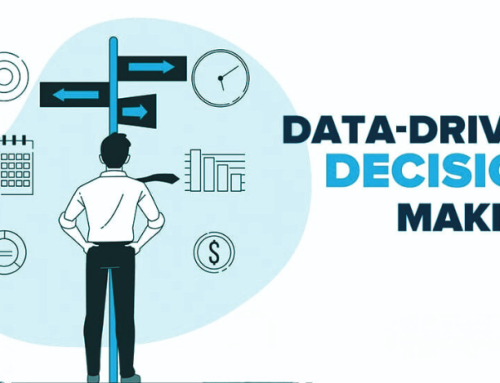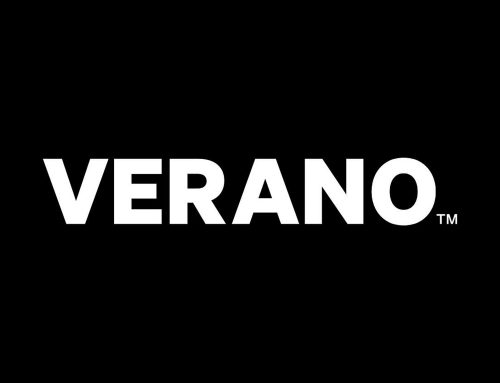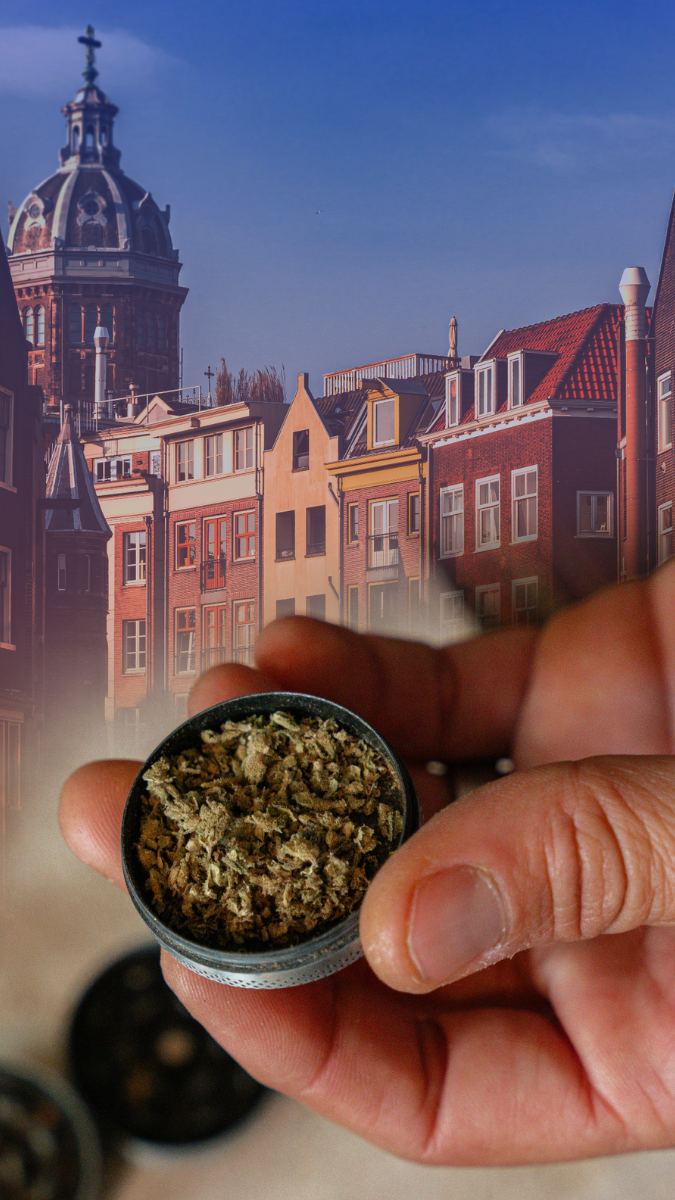The History of Sungrown Cannabis in California
LOS ANGELES – California’s connection to cannabis resembles a fabulous legend that blends the state’s lush landscapes with the determination of its people. Sungrown cannabis, cultivated under the open sky and fueled by the full power of sunlight, is more than just a plant. It is a way of life, a connection with nature, and a legacy deeply rooted in the storied past of California.
From its origins in the early Spanish colonial expansion to its modern revival as a symbol of sustainability and craftsmanship, Sungrown cannabis has shaped the state’s cannabis culture and distinct character. This beneficial influence has left a lasting and significant mark on the region’s identity, extending its sway across the United States and beyond…
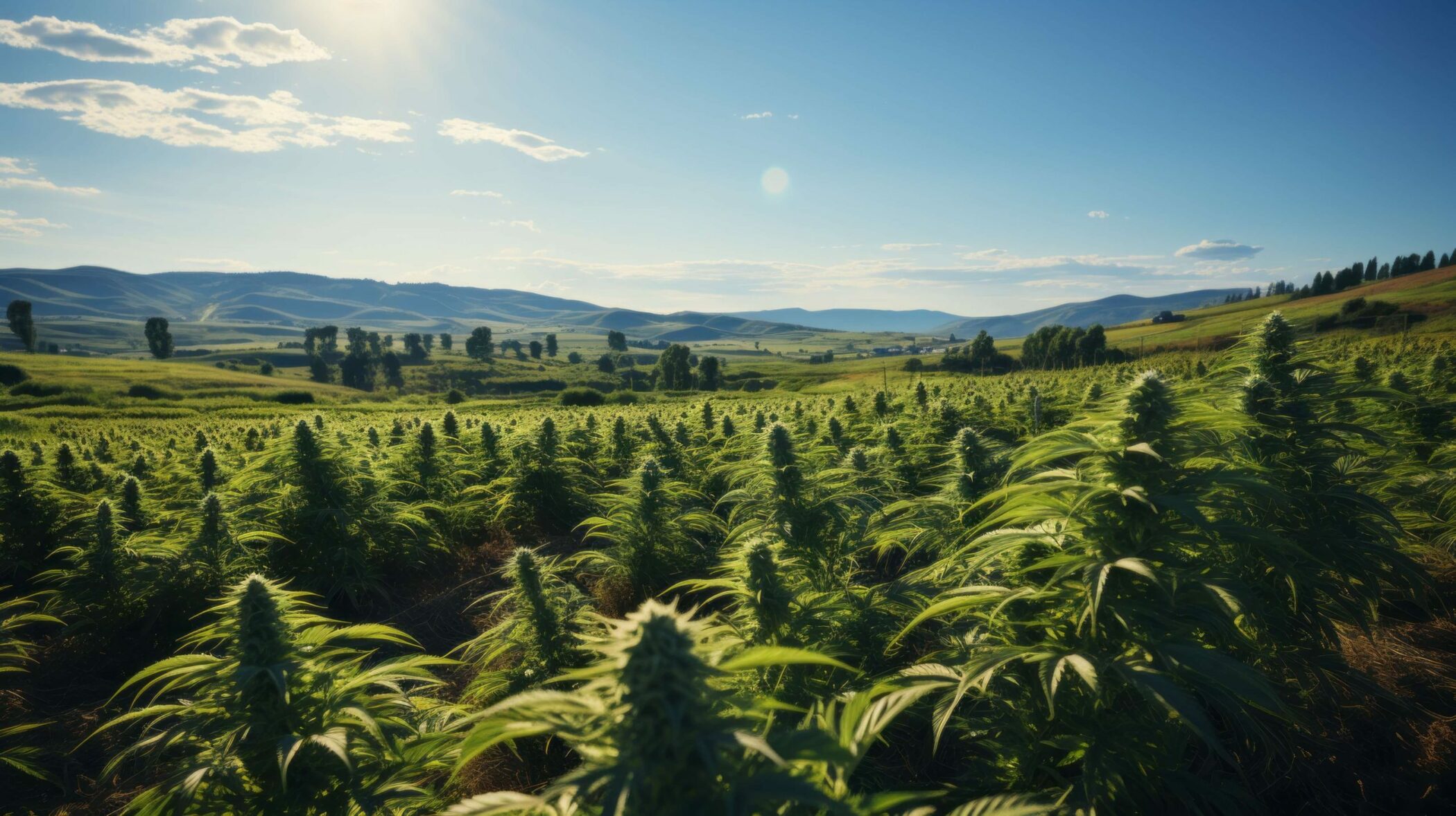
The approach to growing cannabis outdoors exemplifies the symbiotic relationship with the environment. By following the natural seasonal rhythms and tapping into the energy of sunlight, Sungrown cannabis embodies a holistic balance. It carries a unique authenticity where each plant is a reflection of its terroir shaped by the rich soils, pristine waters, and crisp coastal air that define the diverse landscape of California.
Sungrown cannabis showcases dramatic and even unexpected turns of events embellished by the artistry and resilience of generations of growers—local farmers, who have honed their craft through decades of perseverance and innovation to become stronger than ever, despite the storms of prohibition and regulatory challenges.
Legacy Growing Regions: The Emerald Triangle
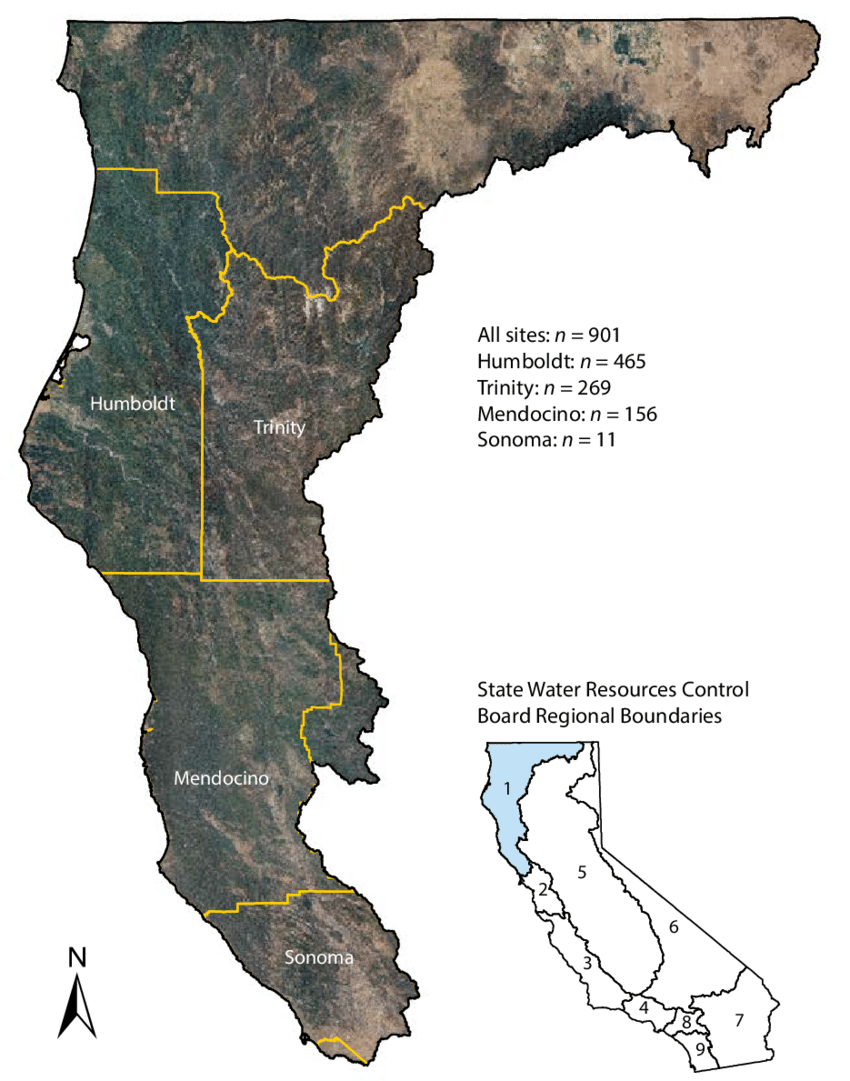 If there was a spiritual home for Sungrown cannabis, it would definitely be the Emerald Triangle. Located to the north of San Francisco and comprising the counties of Humboldt, Mendocino and Trinity, this region is considered to be the place where some of the world’s most exquisite cannabis is cultivated. Blessed with rich soils, a temperate climate, and abounding sunshine, the Emerald Triangle offers perfect conditions for outdoor cultivation. But what really sets this region apart is the community of cultivators and breeders who have joined forces to make this land a synonym for artisanal cannabis.
If there was a spiritual home for Sungrown cannabis, it would definitely be the Emerald Triangle. Located to the north of San Francisco and comprising the counties of Humboldt, Mendocino and Trinity, this region is considered to be the place where some of the world’s most exquisite cannabis is cultivated. Blessed with rich soils, a temperate climate, and abounding sunshine, the Emerald Triangle offers perfect conditions for outdoor cultivation. But what really sets this region apart is the community of cultivators and breeders who have joined forces to make this land a synonym for artisanal cannabis.
The history of cannabis farming in the Emerald Triangle goes back to the counterculture movement of the 1960s. Disillusioned by the challenges of urban life and industrialization, thousands of “back-to-the-landers” migrated to Northern California in search of self-sufficiency and harmony with nature. It was a time when cannabis became a lifeline and a form of quiet rebellion against societal norms.
Over decades, this movement evolved into communities and farms that improved their techniques and created strains that reflected the unique environment and terrain. Similar to fine wines, Sungrown cannabis from this region carries distinct flavor profiles influenced by local soil composition, microclimate, and sustainable growing practices. This approach to cultivation reinforced the status of the Emerald Triangle as the nation’s primary hub for exceptional cannabis.
Since 2015, appellation programs have been launched to certify cannabis from specific regions within the Emerald Triangle, preserving its heritage and ensuring consumers recognize its unparalleled quality—a legacy that has endured despite contemporary challenges.
Historical Context of Outdoor Cannabis Cultivation in California
The story of Sungrown cannabis in California begins long before the counterculture movement. Introduced during the Spanish colonization in the 18th century, hemp was initially grown for industrial purposes such as rope and textiles. By 1810, California’s hemp production at missions like San Jose and Fort Ross had reached an annual output of hundreds of thousands of pounds. However, the political unrest, caused by Mexico’s rebellion against Spain, led to a decline in production.
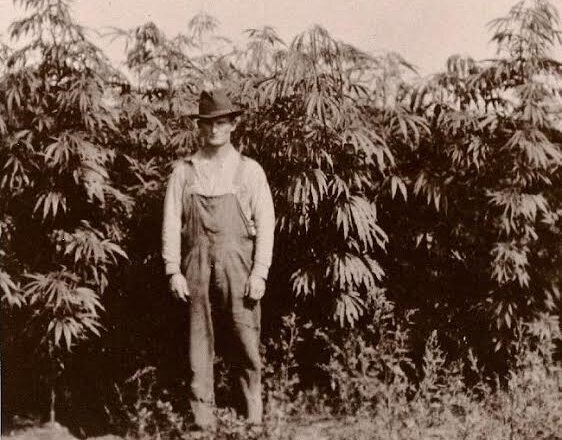 The use of cannabis for recreational purposes first gained momentum in the late 19th century, when cultural exchange brought hashish to California through immigrants from South Asia and the Middle East. However, by 1913, California had become one of the first states to criminalize marijuana under its Poison Act—a decision driven more by xenophobia than public health concerns. This move triggered the beginning of a long-lasting struggle between cultivators and authorities that continued through much of the 20th century.
The use of cannabis for recreational purposes first gained momentum in the late 19th century, when cultural exchange brought hashish to California through immigrants from South Asia and the Middle East. However, by 1913, California had become one of the first states to criminalize marijuana under its Poison Act—a decision driven more by xenophobia than public health concerns. This move triggered the beginning of a long-lasting struggle between cultivators and authorities that continued through much of the 20th century.
The counterculture movement of the 1960s-70s made growing cannabis under the California sun popular again. Inspired by ideas of sustainability and self-reliance, small-scale farmers embraced Sungrown cannabis, relying on natural sunlight rather than energy-intensive indoor facilities. They also came up with techniques like sinsemilla (removing male plants to prevent pollination) during this time. This method increased the potency and quality of cannabis while reducing waste—a hallmark of cultivation practices still celebrated today.
Evolution of Sungrown Cannabis in Modern Times
 The legalization of medical cannabis under California Proposition 215 (Medical Marijuana Initiative) in 1996 marked a turning point for California’s Sungrown cannabis farmers. For decades, these growers had operated in the shadows, threatened by law enforcement. Legalization brought them into the light— figuratively and literally—and ushered in an era of innovation and expansion.
The legalization of medical cannabis under California Proposition 215 (Medical Marijuana Initiative) in 1996 marked a turning point for California’s Sungrown cannabis farmers. For decades, these growers had operated in the shadows, threatened by law enforcement. Legalization brought them into the light— figuratively and literally—and ushered in an era of innovation and expansion.
The passage of California Proposition 64 (Marijuana Legalization) in 2016 further legitimized recreational (adult) use, bringing Sungrown cannabis into the mainstream market. However, this transition was not without challenges. Regulatory barriers often favored large indoor operations over small farms, while federal restrictions on interstate commerce limited market access for licensed outdoor growers.
Despite these obstacles, Sungrown cannabis has gained recognition as a centuries-tested, environmentally friendly alternative to indoor cultivation. By harnessing natural sunlight and minimizing reliance on artificial lighting or climate control systems, outdoor cultivation significantly reduces energy consumption—a critical consideration given that indoor cultivation often rivals heavy industries like coal mining in terms of carbon emissions.
Additionally, many Sungrown farms prioritize regenerative agricultural practices like composting, rainwater harvesting, and biodiversity conservation—further enhancing their sustainability credentials. These practices not only contribute to environmental protection, but also promote soil health over time, ensuring the sustainability of high-quality cannabis cultivation for future generations.
Honored for its much-suffering historical background, Sungrown cannabis is equally celebrated for its artisanal qualities. The interaction between the cannabis plants and their natural surroundings creates complex and flavorful terpene profiles that simply cannot be replicated indoors. In an homage and paying respect, but actually as an irrefutable statement of fact, the unique flavors and aromas of Sungrown cannabis are often compared to craft wines and single-origin coffee beans.
Bottom Line
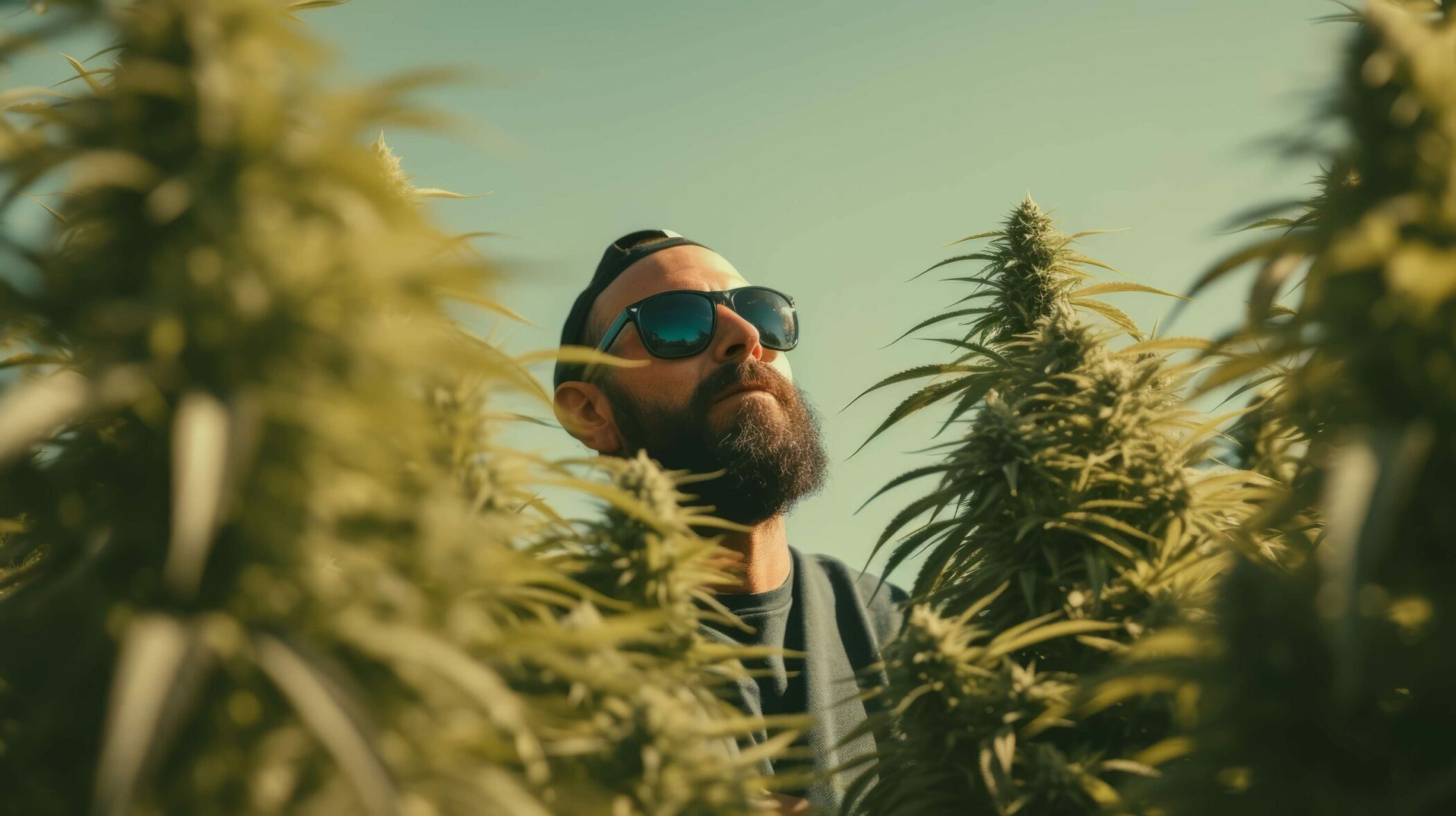
Sungrown cannabis is more than just a plant or a method of cultivation. It represents California’s rich history and its deep connection to the people living in this land. From humble beginnings as an outlaw crop to its current status as a premium product celebrated worldwide, Sungrown cannabis embodies resilience and craftsmanship.
Sungrown cannabis is similar to California itself. It has a bold yet grounded attitude, a pioneering soul that takes pride in its achievements, an innovative spirit that remains rooted in its heritage… A spirit that never forgets where it came from—a true reflection of what it means to grow under the sun.


















